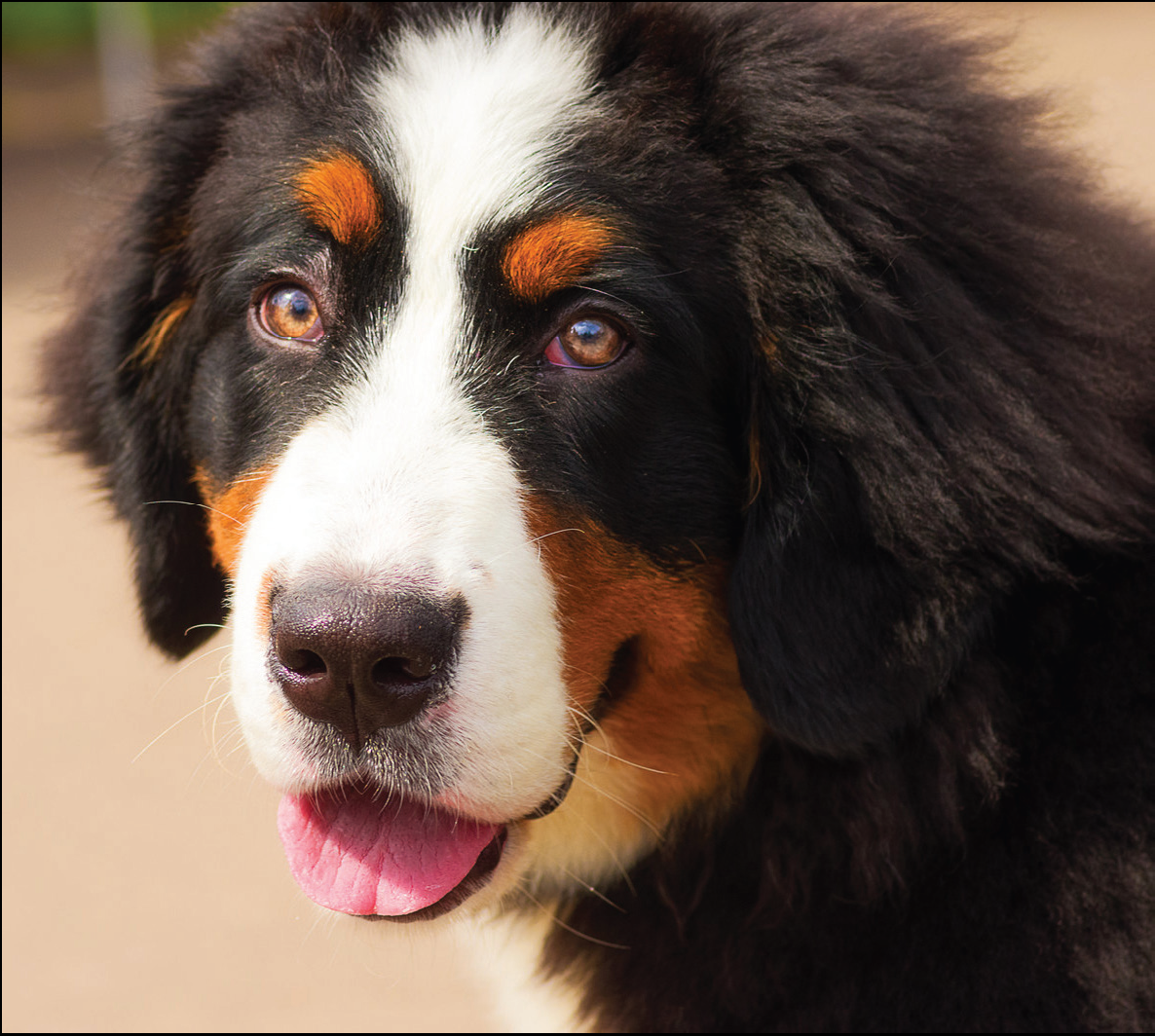Bone and joint disease may be prevented early

By Dr. Elizabeth Knabe, DVM, and Holly Henschke, CVT
Wildwood Animal Hospital and Clinic LLC
Veterinarians see a lot of older dogs that have bone and joint disease, namely arthritis, causing stiffness, pain, and general loss of mobility. At this stage, the condition is not cured but rather managed as we seek to control pain and improve quality of life. What people may not know
is that some of this dysfunction has its roots in puppyhood.
Puppies, especially large breed ones, have a skeletal system that is growing rapidly and is susceptible to damage that will affect the dog into adulthood. Overnutrition, or too much energy in the diet, increases growth hormones that can disrupt the normal skeletal progress. Imbalances of minerals, such as calcium will affect how bone grows. Puppies need exercise, but if they get too much and it’s too intense it can also affect their bones and joints.
Canine hip dysplasia, or CHD, is one condition that has its roots in puppyhood. A dog affected by it can have signs ranging from mild hip soreness to debilitating pain later in life. Though genetics are involved, nutrition and environment play a big role in how much it affects the dog.
Affected puppies are born with normal hip bones but have excessively loose hip joints. When we let puppies get too heavy and have rapid muscle growth, the push and pull on the loose joints causes the bones to grow improperly. Puppies need exercise for proper hip muscle development, but too much running on the wrong surfaces may also affect proper bone growth, especially if the hips are loose.
Osteochondrosis, or OCD, is another condition that affects the bones of large breed dogs. It starts in puppyhood as a disruption of the orderly process where growing cartilage ends turn into bone. The rate of bone growth in large breeds and especially giant breed dogs, such as Great Danes and Mastiffs, is very fast.
This rapid growth leaves more room for error as the bones grow and lengthen. Painful cartilage flaps develop in the joints, especially at the shoulder, knee, elbow, and hocks. Though genetics play a role, if a puppy eats too much of an energy-dense diet and gets too much
calcium and other minerals, it may develop.
These are just two skeletal conditions that can affect young dogs. Small breed dogs have their own unique group of problems of bone growth. For any young dog there is always the case of injury in their active lives that sets them up for arthritis in the future. Veterinarians and owners can work together in diagnosing these conditions early so that nutrition, exercise, and environments can be optimized for their puppy’s development.
Wildwood Animal Hospital and Clinic LLC is located at 210 Airpark Road in Marshfield and online at wildwoodanimalhospital.net.
Leave a reply
You must be logged in to post a comment.






